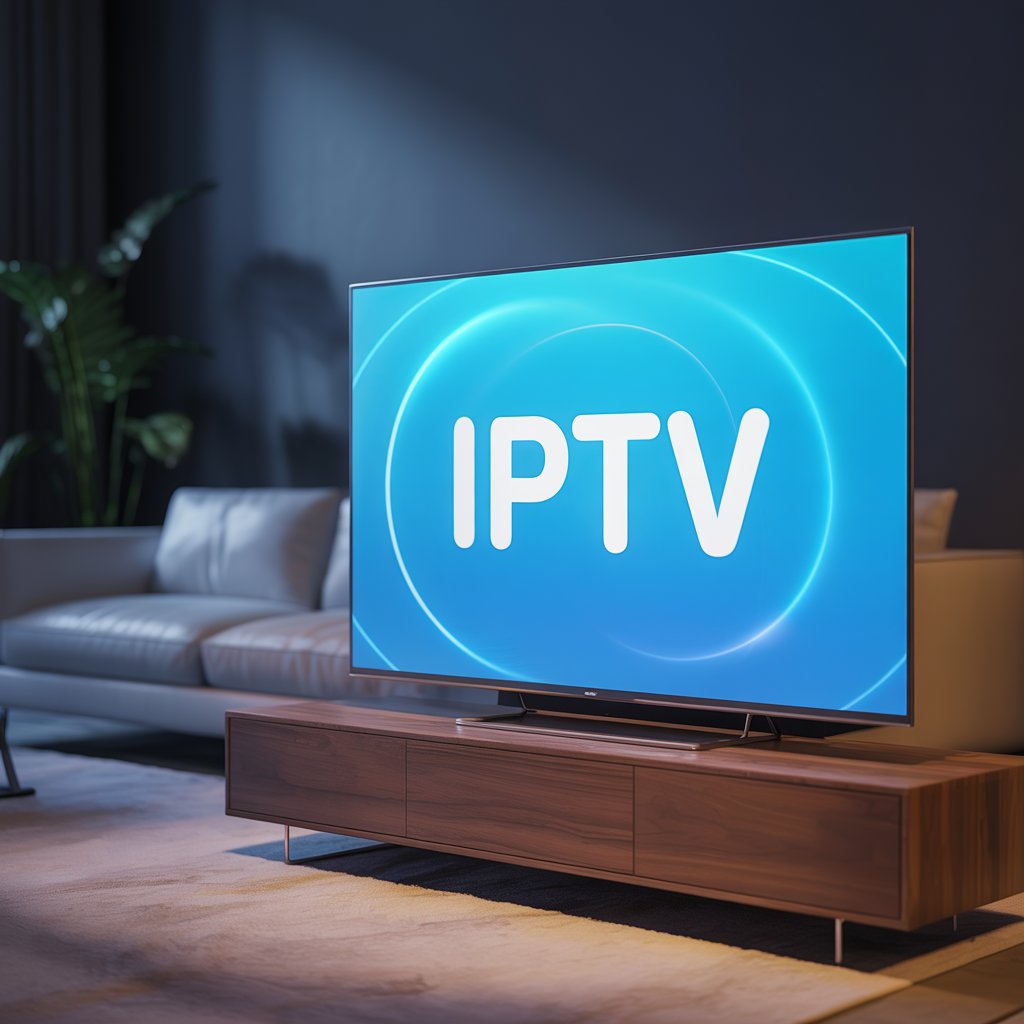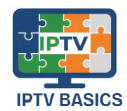Imagine cutting the cord without sacrificing live sports, news, or your favorite TV shows. That’s the power of Internet Protocol Television (IPTV) — a revolutionary way to stream content that’s rapidly transforming how Americans consume media. With over 40% of U.S. households already abandoning traditional cable Statista.com, IPTV offers a flexible, cost-effective alternative tailored for the digital age. But what is IPTV, and how can you access it legally and safely? Let’s demystify this technology once and for all.
Whether you’re a cord-cutter seeking affordable entertainment or a tech enthusiast curious about streaming innovations, this guide breaks down everything you need to know. We’ll explore how IPTV works, its legal landscape in the U.S., top services worth your time, and actionable tips to optimize your experience. No jargon, no fluff — just clear insights from an expert who’s navigated this space for years.

What Exactly is IPTV?
IPTV (Internet Protocol Television) delivers television content over IP networks — the same infrastructure powering your internet — instead of traditional satellite or cable. Unlike YouTube or Netflix, which rely on public internet traffic, IPTV uses dedicated private networks to stream live TV, on-demand shows, and time-shifted programming with minimal buffering. As amiralabs.com explains, it’s a “transformative medium” engineered for reliability, leveraging protocols like RTP (Real-Time Transport Protocol) and UDP (User Datagram Protocol) to prioritize smooth playback.
Think of IPTV as a hybrid of broadcast TV and streaming: You get scheduled live channels (like ESPN or CNN) alongside video-on-demand (VOD) libraries, all accessible via apps or set-top boxes. Crucially, it’s not synonymous with illegal streaming — services like Sling TV and YouTube TV are legal IPTV platforms licensed by content providers. The confusion arises because unlicensed services often misuse the term “IPTV.” Always verify a provider’s legitimacy to avoid legal risks (more on this later!).
How Does IPTV Technology Work?
At its core, IPTV encodes video into IP packets that travel through broadband networks to your device. A “headend” server (owned by your provider) aggregates content from satellites, cameras, or studios, compresses it (using codecs like H.264), and streams it via multicast (for live TV) or unicast (for VOD). Your router directs these packets to an IPTV-compatible device (e.g., Amazon Fire Stick), where the app decodes and displays the stream. Unlike peer-to-peer services (e.g., illegal Kodi add-ons), this closed-loop system ensures consistent quality and avoids public internet congestion.
Key advantages over traditional streaming:
- Dedicated bandwidth allocation prevents slowdowns during peak hours.
- Interactive features like pause/rewind live TV (common in time-shifted IPTV).
- Integration with home networks for seamless multi-room viewing.
As firesticktricks.com notes, “IPTV isn’t just another streaming app — it’s a protocol-driven delivery system designed for broadcast-quality performance.”
IPTV vs. Traditional Streaming: Critical Differences
| Feature | IPTV | Traditional Streaming (Netflix, Hulu) |
|---|---|---|
| Content Delivery | Private IP network | Public internet (CDN-based) |
| Live TV | Yes (real-time broadcasts) | Limited (e.g., ESPN+ only has replays) |
| Internet Dependency | Requires stable broadband | Works on variable connections |
| Content Rights | Often licensed (legal services) | Always licensed |
Many beginners confuse IPTV with services like Roku Channel or Pluto TV. While both stream over the internet, IPTV is protocol-specific: It uses standards like IGMP (Internet Group Management Protocol) to manage multicast streams efficiently. This makes it ideal for providers delivering 100+ live channels — a feat most public streaming platforms avoid due to bandwidth costs.
“IPTV replicates the cable experience but with modern flexibility. It’s why telecom giants like AT&T U-verse adopted it early,” says amiralabs.com. “The future lies in merging it with 5G and edge computing for zero-latency streaming.”
Legal vs. Illegal IPTV in the U.S.
IPTV itself is 100% legal — it’s just a delivery method. The legality hinges on content licensing. Legitimate services (e.g., YouTube TV) pay broadcasters for rights to retransmit channels. Illegal operations scrape streams from paywalled sources or redistribute content without permission — a felony under the Digital Millennium Copyright Act (DMCA).
In 2023, U.S. courts shut down over 200 illegal IPTV services, including “Philo” knockoffs and “Pluto IPTV” clones. The medium.com article warns: “Using unlicensed IPTV in the USA risks fines up to $150,000 per stream. Always check for official licensing badges.”
Red Flags for Illegal Services:
- Prices under $10/month for 1,000+ channels.
- No terms of service or contact information.
- Requests for payment via cryptocurrency or gift cards.
- Apps requiring sideloading (outside official app stores).
Top Legal IPTV Services for U.S. Viewers (2025)
Here’s a curated list of FCC-compliant IPTV providers trusted by millions:
| Service | Price/Mo | Key Features | Best For |
|---|---|---|---|
| YouTube TV | $72.99 | 100+ channels, unlimited DVR, 4K streaming | Families, sports fans |
| Sling TV | $40+ | Customizable packages, Blue/Orange split | Budget-conscious users |
| Hulu + Live TV | $76.99 | Bundled Disney+/ESPN+, on-demand library | Entertainment enthusiasts |
| FuboTV | $79.99 | Sports-centric, 4K streaming | NFL/MLS die-hards |
Pro Tip: Use a VPN with port forwarding (like ExpressVPN) to protect your data when streaming on public Wi-Fi. As firesticktricks.com confirms: “ExpressVPN offers military-grade encryption and a 30-day money-back guarantee — critical for secure IPTV access.”
Getting Started: Your 5-Step IPTV Setup Checklist
- Check internet speed: IPTV requires minimum 25 Mbps (50+ for 4K). Use Speedtest.net to verify.
- Buy compatible hardware: Amazon Fire Stick 4K, Android TV boxes, or smart TVs with dedicated IPTV apps (e.g., TiviMate).
- Choose a legal provider: Start with free trials (YouTube TV offers 7 days) to test channel lineups.
- Install a reputable IPTV app: Stick to app stores — avoid third-party APKs.
- Optimize your network: Use Ethernet cables (not Wi-Fi) for set-top boxes to reduce lag.
“Beginners overlook network prioritization — your IPTV stream needs QoS (Quality of Service) settings enabled on your router,” advises xtreamonline.net. “This reserves bandwidth exclusively for video traffic.”
Common IPTV Pitfalls (And How to Avoid Them)
Problem: Buffering during live events (e.g., Monday Night Football).
Fix: Upgrade your broadband plan or enable QoS on your router — most ISPs provide step-by-step guides.
Problem: Geographic content restrictions (e.g., regional sports blackouts).
Fix: Legally bypass these with a U.S.-based IP address via ExpressVPN’s dedicated streaming servers.
Problem: Subpar customer support from budget providers.
Fix: Prioritize services with 24/7 live chat (YouTube TV excels here). Verify support quality via Trustpilot reviews before subscribing.
Illegal services often exacerbate these issues with unstable streams and malware-infected apps. Never sacrifice security for a $5/month “bargain” — U.S. regulators now target end-users too.
The Future of IPTV: What to Expect by 2026
IPTV in the U.S. is evolving beyond basic streaming:
- 5G Integration: Carriers like Verizon will bundle IPTV with mobile plans for seamless device switching.
- AI-Powered Personalization: Imagine your IPTV app predicting shows based on viewing habits (Netflix already does this, but IPTV will do it live).
- Immersive Experiences: amiralabs.com predicts “AR overlays for sports and holographic broadcasts by 2027.”
Critically, hybrid models will dominate — providers like FuboTV already blend linear channels with TikTok-style short-form content. As infrastructure improves, expect sub-1-second latency for real-time interactions (e.g., voting during live awards shows).
Final Verdict: Should You Switch to IPTV?
If you want:
✅ Live news/sports without cable contracts
✅ Lower costs than traditional TV ($60 vs. $100+ monthly)
✅ Flexibility to cancel anytime
IPTV is a no-brainer. But only if you use legitimate services. Illegal platforms may seem tempting, but they risk legal action, poor quality, and zero customer support. As a U.S. resident, stick to FCC-approved providers — your entertainment shouldn’t come with FBI warning letters.
Ready to dive deeper? Explore smoothiptv.com for technical deep dives, or try YouTube TV’s free trial to experience legal IPTV firsthand. The future of television is here — and it’s streaming smarter than ever.
“In the ever-evolving landscape of broadcast and digital media, IPTV has emerged as a significant player,” concludes amiralabs.com. “With ongoing advancements, its role will only grow more integral.”
Disclaimer: This guide promotes legal IPTV usage only. Always verify provider licensing via the FCC’s database.
